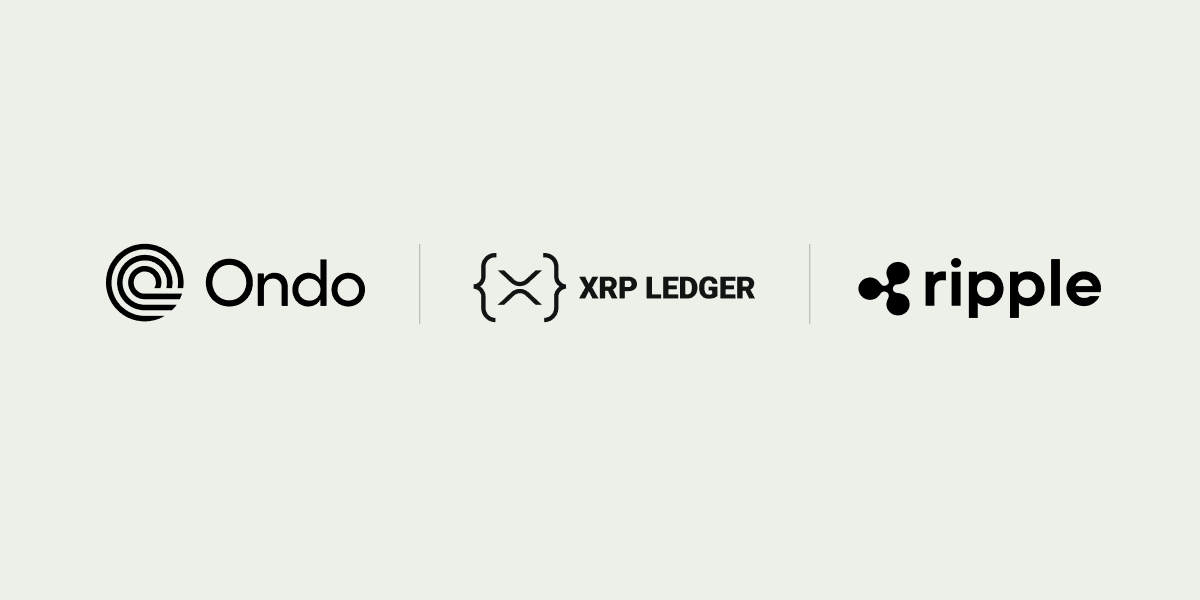Ten months into the pandemic and COVID-19 continues to negatively impact global markets. However, trading of crypto derivatives is on the rise. The crypto market is maturing as applications of real-world solutions and new financial products drive global adoption. Meanwhile, the volume of trading is surging as traders view crypto as one of the better inflation hedges—and derivatives, specifically, are desirable due to their ability to manage risk and generate returns.
Derivatives are a foundational building block for every market development cycle, and with the increased popularity of crypto trading, it’s an important topic to understand.
A History Lesson in Derivatives
Counter to traditional financial markets, derivatives launched before initial margin was widely mandated in the crypto industry—which traditionally serves as a prerequisite for the launch of derivatives. Derivatives ultimately rely on leverage to enter positions and a widely developed lending/margin system is necessary. The fact that derivatives came out prior to margin trading is just another example of how the crypto space has evolved differently and faster than traditional financial markets.
It has been just three years since the launch of crypto futures contracts by the Chicago Mercantile Exchange (CME) and the Chicago Board Options Exchange (CBOE), which marked a strategic decision from two major institutions that cryptocurrency derivatives represented long-term potential.
When Bitcoin first began trading on the CME and CBOE, the initial margin—the amount of collateral a trader must proffer to trade a contract—was set at 43% for the CME contract and 44% for the CBOE contract. Margin levels are subject to change and, because of bitcoin’s volatility, were set higher than for other popular futures contracts.
In the years following the launch, increased trade volumes across trusted exchanges are growing in parallel with trading products that are ready to support the maturation of crypto markets.
Evolution of Crypto Derivatives
To chart the evolution of derivatives, earlier generations of crypto investors mostly traded with a buy-or-sell perspective. With the evolution of the market and the development of cryptocurrency derivatives, traders now have many strategies to move this asset class—i.e., the desire to trade Bitcoin (BTC) volatility in both directions, hedging against market movements, mitigating risks and many more.
Because the cryptocurrency market is mostly limited to currency-based derivatives, there are a limited number of products: perpetual contracts/swaps, futures/forward contracts and options. In traditional markets, the number of products is endless due to the various types of underlying assets.
The limited number of derivative products has not stopped derivative markets from growing. Since the height of the COVID-19 pandemic, the crypto derivatives market has grown significantly, reaching an all-time high open interest of $7.4 billion just last week—in large part due to its ability to manage risk and generate returns.
In August, crypto trading volumes surged as crypto-based derivative products hit all-time highs, according to the monthly Exchange Review report by CryptoCompare. For the month, volume on crypto derivatives exchanges rose by 58% compared to the previous month. Monthly volume reached $712 billion in August, which surpassed the previous record of $602 billion set in May 2020.
Today, the Office of the Comptroller of the Currency (OCC) estimates that banks currently have exposure to more than $200 trillion notional worth of derivatives, underscoring their global importance in financial markets.
In the next part of this discussion, we will dive into the larger role that derivatives play in the evolution of markets and what the industry needs to be successful. If you’re interested in learning more about the future of crypto and its use cases, contact us.







